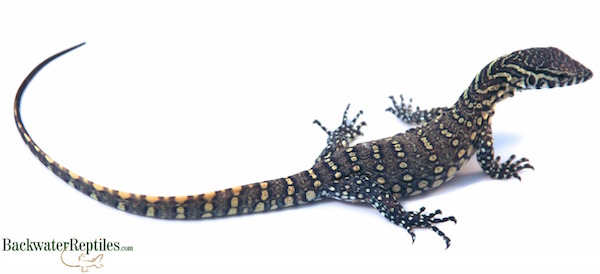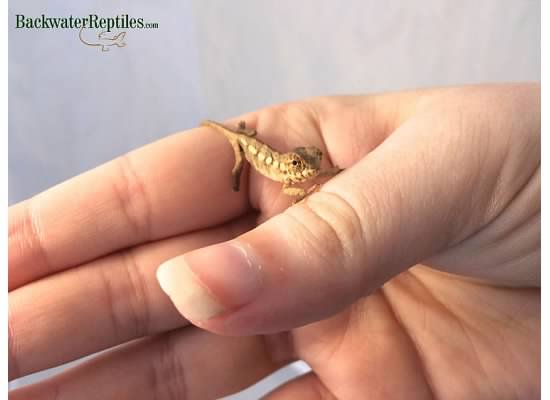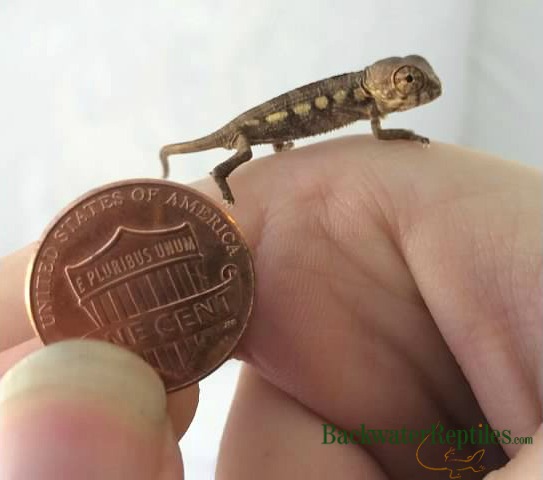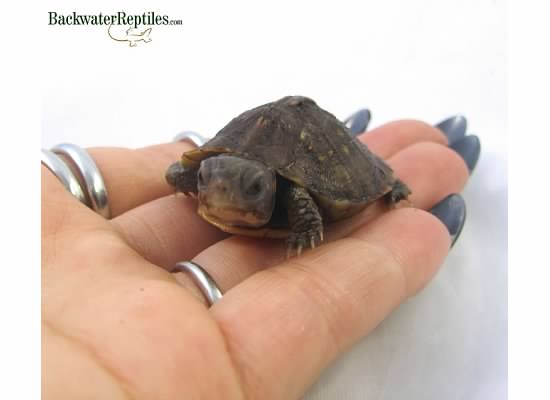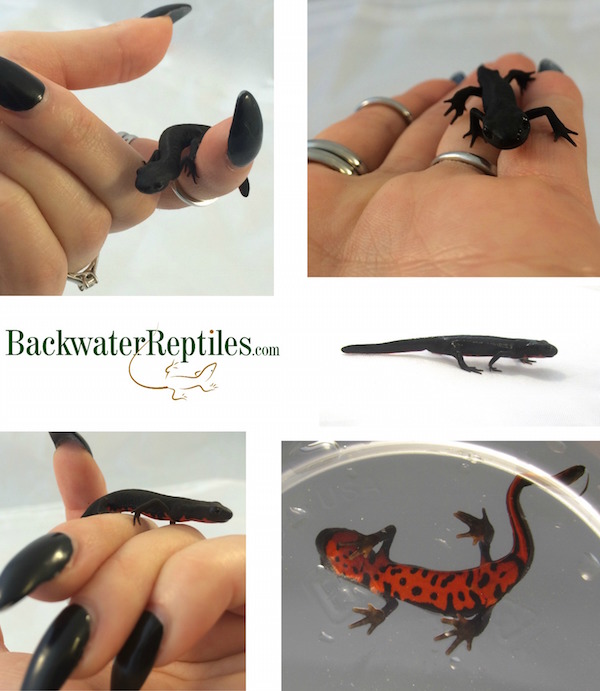Are you wondering how to care for a baby Nile Monitor? We will detail all of the information you need in the below article!
Nile Monitors are beautiful and interesting lizards, but due to their occasional distrust of humans, can be tough pets for people who like to be hands on with their herps, unless you’re willing to spend some time gaining their trust.
As adaptable, hardy, and gorgeous as these lizards are, potential owners should assess their circumstances and make sure the proper care can be given before purchasing.
Nile Monitor Size
Because Nile Monitors grow to be around five to six feet in length, they will require a large habitat. This can mean anything from a custom-built enclosure to a dedicated room where the lizard can roam around. Because they are not known to be the friendliest of lizards, it is safe to assume that the monitor will spend much, if not all, of its time in its enclosure, so it needs to be a spacious, clean, and safe space where the lizard can live out its ten-year-plus life.
Nile Monitors very much enjoy swimming, so they need to have a pool of water large enough to completely submerge themselves in. It’s also common for them to defecate in the water, so it should be given fresh as needed.
Backwater’s hatchlings are approximately seven to nine inches long (including their rather long tails), but keep in mind that these monitors eat voraciously and grow very fast. The younger ones eat mostly dusted insects of various kinds, but they can be given thawed rodents and ground meats as they get larger. The important thing to know is that Nile Monitors must be fed a varied diet in order to stay healthy.
Our Nile Monitor hatchlings for sale are very reasonably priced, and if our photo shoot with the little guy pictured in this blog is any indication of their temperament, we suggest ordering your’s now. The little guy was skittish but not at all snappy or bitey.

